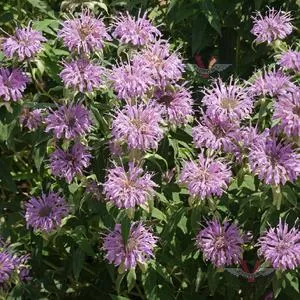Viola 'King Henry'
Price: $3.64
SKU: 40000331These edible flowers can be used in baked goods or fresh salads. 'King Henry' thrives in moist, well-draining soils and does best in full sun to partial shade, blooming most abundantly in cooler weather. Hot summer months may reduce flowering, but cutting back or deadheading can encourage new blooms. Hardy in zones 6-10, and grown as an annual in other areas.
The plant disperses seeds using ballistic dispersal, where dried seed pods crack and eject seeds at high speeds into the surrounding area.
| The Victory Seed Company does not advocate medical self-diagnosis or self-medication. Reference to the medicinal properties of plants are described here for educational and historical purposes only and are not to be construed as a prescription, prognosis or diagnosis for any disease or illness. As with any remedies or medicines, you should consult your personal health care provider before using. |
Sowing Seed Indoors: Start viola seeds indoors 8-12 weeks before the last heavy frost. Violas can handle light frost and can also be started in late summer for fall blooms. Sow seeds thinly in seed-starting mix, covering them completely, as they need darkness to germinate. Keep the soil evenly moist, and seedlings will emerge in 10-14 days. Once they sprout, place them in a well-lit area or under fluorescent lights for 16 hours a day. Thin seedlings to one per cell after two sets of leaves appear, and fertilize them at 3-4 weeks with half-strength indoor plant food. Before transplanting, harden off seedlings by gradually introducing them to outdoor conditions for a week.
Sowing Directly in the Garden: Direct sow violas in early spring in the North or fall in the South, in full sun to part shade with well-drained soil. Prepare the soil by removing weeds and adding organic matter to the top 6-8 inches. Sow seeds thinly, covering them with ¼ inch of fine soil, firm lightly, and keep moist. Seedlings should emerge in 7-14 days, depending on conditions. For best results, amend the soil with compost or mulch to improve fertility and structure.





